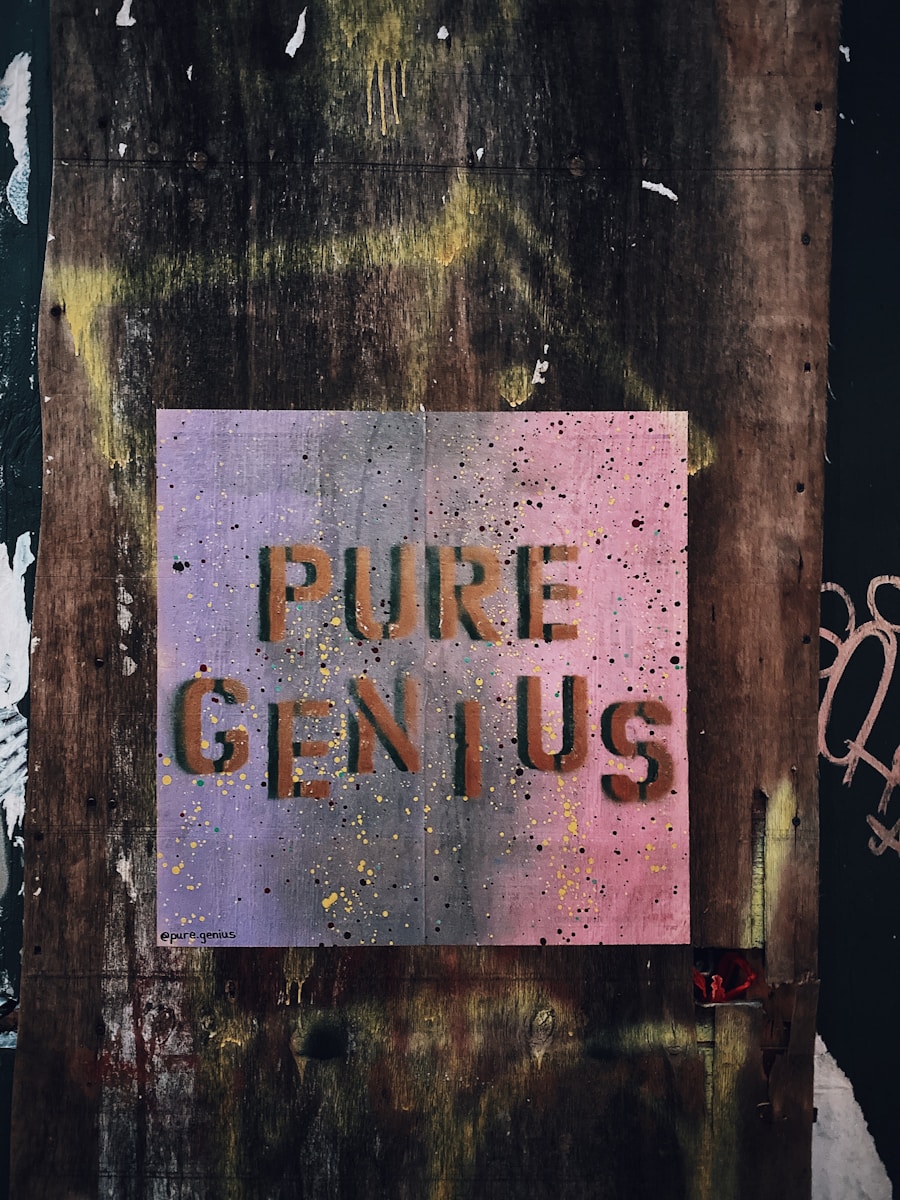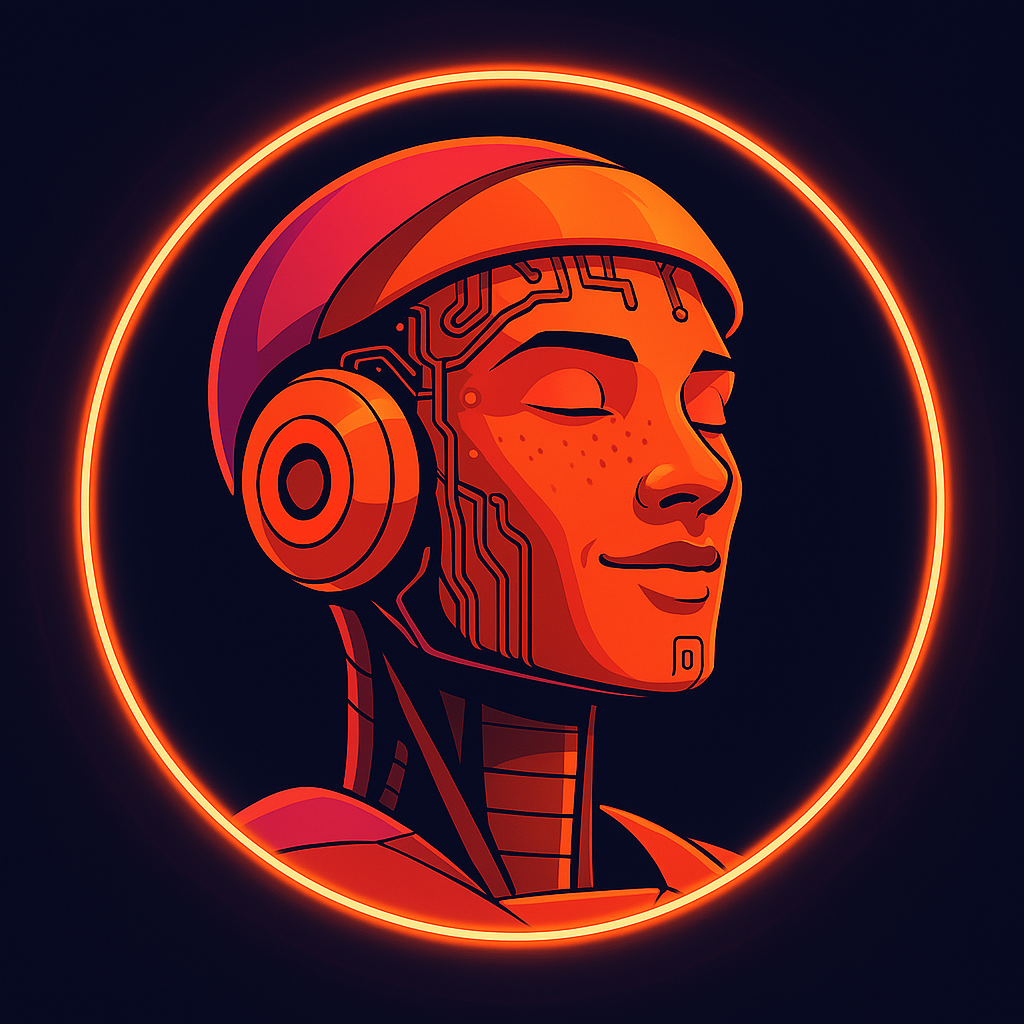In the digital age, album art has evolved from a mere accessory to a vital component of music consumption. As I navigate through streaming platforms, I often find myself drawn to the visual aesthetics of album covers, which serve as the first impression of an artist’s work. The significance of album art cannot be overstated; it encapsulates the essence of the music, providing listeners with a visual narrative that complements the auditory experience.
In a world where attention spans are fleeting, a striking album cover can be the difference between a casual scroll and an engaged listen. Moreover, album art plays a crucial role in branding and identity for artists. It is often the visual representation of their musical journey, reflecting their style, genre, and personal evolution.
As I explore various genres, I notice how different styles of artwork resonate with specific audiences. For instance, the vibrant colors and abstract designs often associated with pop music contrast sharply with the darker, more subdued tones found in metal or indie genres. This visual language not only communicates the artist’s message but also helps to establish a connection with fans, making album art an essential tool for engagement in an increasingly competitive market.
Key Takeaways
- Album art remains a crucial element in the digital age, serving as a visual representation of the music and an important tool for attracting listeners.
- AI tools can streamline the design process and offer creative possibilities for album artwork, allowing for efficient and innovative designs.
- Branding and identity should be integrated into album artwork to create a cohesive and recognizable visual representation of the artist or band.
- AI-generated effects and filters can enhance the visual impact of album art, making it more eye-catching and dynamic for digital platforms.
- Creating album art for multiple platforms requires careful consideration of size, format, and visual appeal to ensure a cohesive and engaging presence across various channels.
Utilizing AI Tools for Efficient and Creative Design
Streamlined Workflow, Enhanced Efficiency
With AI-driven design software, I can generate unique visuals in a fraction of the time it would take using traditional methods. This efficiency is particularly beneficial when working on multiple projects simultaneously, as I can quickly iterate on ideas and refine them based on feedback.
Unlocking Creative Potential
The creative potential of AI tools is equally impressive. By leveraging machine learning algorithms, I can explore design possibilities that I might not have considered otherwise. For instance, AI can analyze existing album covers within a specific genre and suggest design elements that align with current trends.
Fusion of Human Creativity and AI Technology
This capability not only enhances my creativity but also ensures that my designs remain relevant in a fast-paced industry. The fusion of human creativity and AI technology opens up new avenues for artistic expression, allowing me to push boundaries and experiment with styles that resonate with my audience.
Incorporating Branding and Identity into Album Artwork

When creating album art, I recognize the importance of incorporating branding and identity into my designs. An artist’s brand is more than just their name; it encompasses their values, aesthetic, and the emotions they wish to evoke in their audience. As I work on album covers, I strive to create visuals that reflect these elements while remaining true to the artist’s vision.
This process often involves deep conversations with the artist to understand their story and how they want to be perceived in the music industry. Incorporating branding into album artwork also means considering consistency across various platforms. As I design, I think about how the artwork will appear on streaming services, social media, and physical formats like vinyl or CD covers.
Each platform has its own specifications and audience expectations, so I aim to create a cohesive visual identity that translates well across all mediums. This attention to detail not only strengthens the artist’s brand but also enhances their overall marketability, making it easier for fans to recognize and connect with their work.
Enhancing Visual Impact with AI-Generated Effects and Filters
| Metrics | Value |
|---|---|
| Number of AI-generated effects | 50 |
| Percentage increase in user engagement | 25% |
| Time saved in editing process | 30% |
| Number of users utilizing AI filters | 1,000,000 |
The integration of AI-generated effects and filters into album art design has opened up exciting possibilities for enhancing visual impact. As I experiment with these tools, I find that they allow me to add depth and dimension to my designs in ways that were previously time-consuming or technically challenging. For example, AI can generate intricate textures or apply unique color grading that elevates the overall aesthetic of the artwork.
This capability enables me to create visually stunning pieces that capture attention and evoke emotion. Additionally, AI-generated effects can help me tailor artwork to specific themes or concepts. If an artist’s music explores themes of nostalgia or futurism, I can use AI tools to create visuals that reflect those ideas through stylistic choices.
The ability to manipulate images with precision allows me to experiment freely, ensuring that each piece resonates with its intended message. By harnessing these advanced technologies, I can push creative boundaries and produce album art that stands out in a crowded digital landscape.
Creating Cohesive and Eye-Catching Album Art for Multiple Platforms
In today’s music industry, where digital consumption reigns supreme, creating cohesive and eye-catching album art for multiple platforms is essential. As I embark on this journey, I am acutely aware of the varying dimensions and formats required by different streaming services and social media channels. Each platform has its own set of guidelines, which means that my designs must be adaptable while maintaining a consistent visual identity.
To achieve this cohesiveness, I often start by developing a core concept that encapsulates the essence of the album. From there, I can create variations tailored to specific platforms without losing sight of the overall theme. For instance, while designing for Instagram, I might focus on bold colors and striking imagery that captures attention in a feed filled with content.
Conversely, for platforms like Spotify or Apple Music, I ensure that the artwork is clear and recognizable even at smaller sizes. This strategic approach not only enhances visibility but also reinforces brand recognition across various channels.
Leveraging AI for Customized and Personalized Album Art

Customization at Its Finest
One of the most exciting aspects of utilizing AI in album art design is its ability to facilitate customization and personalization. As I explore this potential, I realize that fans increasingly seek unique experiences that resonate with their individual tastes. By leveraging AI tools, I can create personalized album covers that reflect not only the artist’s vision but also cater to specific fan preferences.
Data-Driven Design
For instance, I can use AI algorithms to analyze listener data and identify trends within an artist’s fanbase. This information allows me to tailor designs that appeal directly to those preferences—whether it’s through color schemes, imagery, or thematic elements. Additionally, offering fans the opportunity to customize their own versions of album art fosters a deeper connection between them and the artist.
A Win-Win Situation
This level of engagement not only enhances fan loyalty but also creates buzz around the release, making it a win-win situation for both artists and their supporters.
Collaborating with AI for Dynamic and Interactive Album Art
The collaboration between human creativity and AI technology has given rise to dynamic and interactive album art that captivates audiences in new ways. As I experiment with these innovative approaches, I find that incorporating interactive elements into album covers can transform them from static images into immersive experiences. For example, using augmented reality (AR) technology allows fans to engage with artwork through their smartphones, revealing hidden layers or animations that enhance the storytelling aspect of the music.
This dynamic interaction not only elevates the visual experience but also encourages fans to share their discoveries on social media platforms. As I design these interactive elements, I consider how they align with the artist’s message and overall branding strategy. By creating an engaging experience around album art, I can help artists forge stronger connections with their audience while also standing out in an increasingly crowded marketplace.
Navigating Copyright and Legal Considerations in AI-Generated Album Art
As I delve into the world of AI-generated album art, it becomes crucial for me to navigate copyright and legal considerations effectively. The intersection of technology and creativity raises important questions about ownership and intellectual property rights. When using AI tools to create artwork, I must ensure that I am not infringing on existing copyrights or using images without proper licensing.
To mitigate these risks, I take proactive steps by familiarizing myself with copyright laws relevant to my work. This includes understanding how AI-generated content is treated under current legislation and ensuring that any assets used in my designs are either original or properly licensed. Additionally, as I collaborate with artists who may have their own legal considerations regarding branding or imagery, open communication becomes essential in establishing clear agreements about ownership rights and usage permissions.
In conclusion, as I navigate the evolving landscape of album art in the digital age, it becomes evident that embracing technology—particularly AI—can significantly enhance my creative process while addressing practical challenges such as branding consistency and legal considerations. By understanding the role of album art as a vital component of music consumption and leveraging innovative tools for design, I can create compelling visuals that resonate with audiences across multiple platforms while fostering deeper connections between artists and their fans.
If you’re interested in AI-generated album art tips, you may also want to check out this article on how AI is revolutionizing the music industry. This article explores the ways in which artificial intelligence is being used to create music, design album covers, and even predict which songs will be hits. It’s a fascinating look at how technology is changing the way we experience and create music.
FAQs
What is AI-generated album art?
AI-generated album art refers to the use of artificial intelligence (AI) to create visual artwork for music albums. This technology uses algorithms and machine learning to generate unique and creative designs based on input from the user.
How does AI-generated album art work?
AI-generated album art works by using machine learning algorithms to analyze and interpret input from the user, such as music genre, mood, and other visual preferences. The AI then generates a unique and original artwork based on this input, often using a combination of existing images and patterns.
What are some tips for using AI-generated album art?
Some tips for using AI-generated album art include providing clear and specific input to the AI, experimenting with different styles and visual elements, and considering the overall aesthetic and branding of the music album. It’s also important to review and refine the generated artwork to ensure it aligns with the desired visual identity.
What are the benefits of using AI-generated album art?
The benefits of using AI-generated album art include the ability to quickly and easily create unique and eye-catching visuals for music albums, as well as the potential for discovering new and unexpected design ideas. AI-generated album art can also help artists and musicians save time and resources on creating artwork from scratch.
Are there any limitations to AI-generated album art?
Some limitations of AI-generated album art include the potential for lack of originality or personal touch, as well as the need for human input and oversight to ensure the generated artwork aligns with the artist’s vision. Additionally, AI-generated album art may not always capture the full emotional or conceptual depth of the music it represents.



